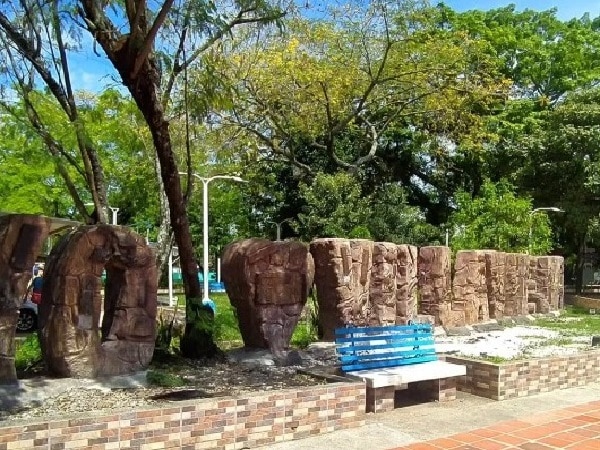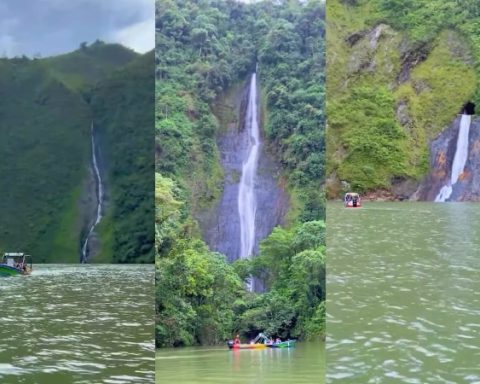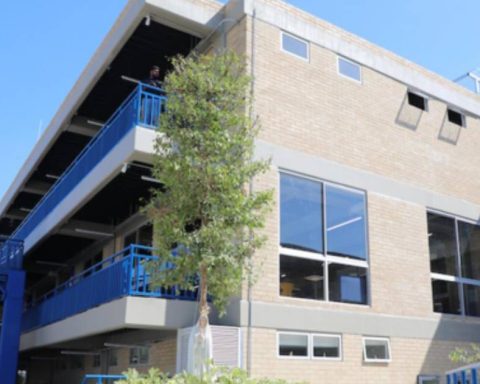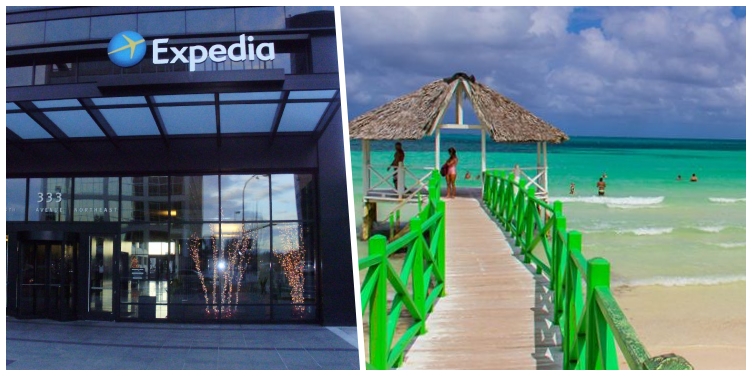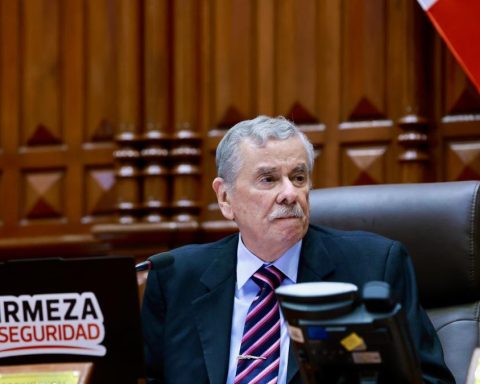A jewel from the department of Huila.
News Colombia.
Located in the heart of the Department of Huila, north of the Magdalena River Valley, is Villavieja, a small municipality that keeps one of the most extraordinary and arid landscapes in Colombia. Known as the driest people in the country, this Huilense corner is the prelude to the Tatacoa desert, a vast extension of eroded land that has become a magnet for scientists, tourists and lovers of the crashed skies. Villavieja is not only a point of passage towards this semi -desert ecosystem, but a place with its own identity, molded by climate, history and tradition.
See: One of Colombia’s most shocking infinite pools floats on the mountains and melts with heaven
The Tatacoa desert, which is technically not a desert but a tropical dry forest, begins just outside the urban area of Villavieja. Its geological formations, carved for centuries of scarce wind and rain, draw an almost Martian landscape. The red tones of the sector known as Cuzco and the gray tones of the holes contrast with the limpid sky, almost perpetually clear, thanks to the minimum levels of moisture in the air. This climate rarity makes Villavieja one of the country’s least rainfall areas, with an annual average of less than 1,000 millimeters.
Life in Villavieja takes place to the rhythm imposed by heat and drought. With temperatures that usually exceed 35 degrees Celsius, its inhabitants have learned to live with the sun inclement. Traditional constructions, high roofs and thick walls, testify to an architecture designed to resist extreme climate. Water is a valuable, almost sacred resource, and agriculture, although limited, remains alive thanks to the ingenuity of peasants who cultivate products such as chili, sorghum and some fruit trees resistant to dryness.
Villavieja has also become a reference point for astronomy in Colombia. The cleaning of its skies has made the place an ideal site for star observation, which has promoted the construction of an astronomical observatory that every year receives thousands of visitors during the so -called “star nights”. This mixture of science and nature has enriched the tourist offer of the municipality, positioning it as an alternative destination for those looking for a different experience in the country.
Despite its increasing attraction, Villavieja faces challenges that go beyond climate. The infrastructure is limited, and the pressure of tourism about natural resources raises questions about the sustainability of the current model. Even so, the community has taken steps to protect its environment, promoting responsible practices and betting on ecotourism as a development path. The presence of local guides, educational projects and cultural activities reinforce the link between the territory and those who inhabit it.
Today, Villavieja is much more than a dry place on the map. It is a testimony of resilience, an enclave of scientific knowledge and a shelter for those who wish to connect with the vastness of the landscape and the depth of the universe. Between the dust and the silence of the desert, this little Huilense town is projected as a symbol of extreme beauty and the life that persists, even where it seems that nothing can bloom.
It may interest you:
